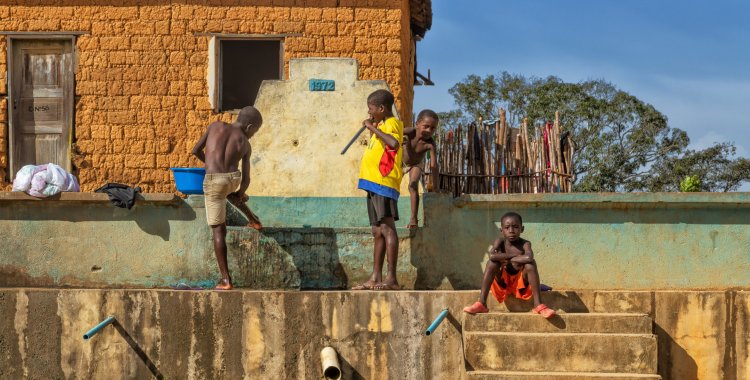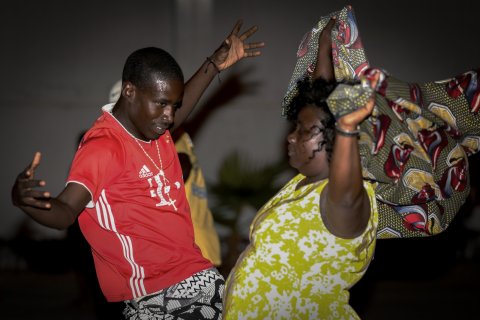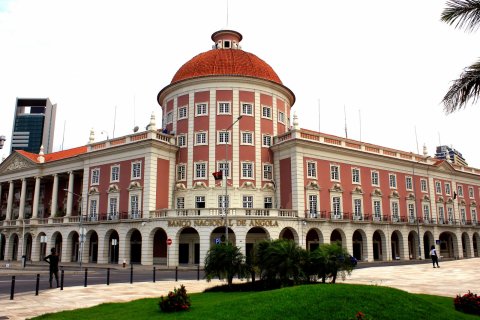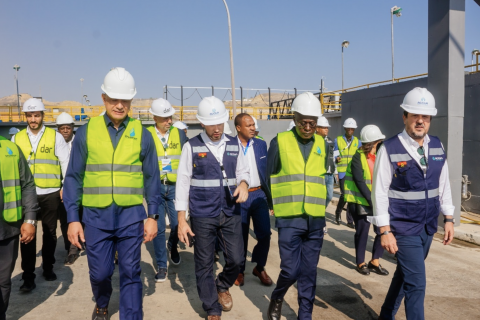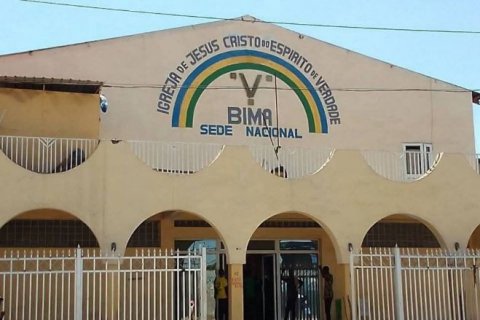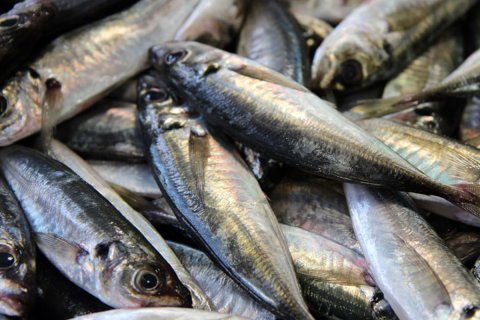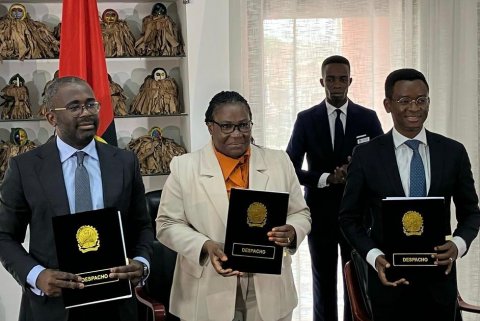The Luanda Public Water Company (EPAL) has an installed capacity of 760,000 cubic meters of water, but produces only 633,851 cubic meters per day, an insignificant amount to meet demand, said its president, Adão da Silva.
"We have a deficit twice as much, we have a greater deficit in relation to the current level of production", said the official at the end of the visit that the Minister of Energy and Water and the Governor of Luanda made to the various structural projects of the sector.
According to Adão da Silva, the entry into operation of the water supply projects of Quilonga Grande, under construction in the municipality of Icolo e Bengo, and of Bita, under construction in the municipality of Belas, from March 2026, should increase daily production to 776,600 cubic meters/day.
Both projects under construction were part of the itinerary of the visit by the Minister of Energy and Water, João Baptista Borges, and the Governor of Luanda, Manuel Homem.
"The works are going well, the findings made by the Minister and Governor are realistic and we believe that we will meet the contractual deadlines for the projects and we will meet them so that in March 2026 we can start to reverse the supply of water to the population", the leader added.
Residents of Luanda, especially in the outlying areas, complain daily about the scarcity of water in their residential areas, which means that many, with containers on their heads or in their hands, travel long distances in search of water, while others, with some means, resort to cisterns.
The Quilonga Grande project, under construction on the banks of the Kwanza River, is divided into ten lots and aims to supply drinking water to the municipalities of Icolo and Bengo, Cacuaco and Viana, covering approximately five million inhabitants.
Bita, which comprises an integrated water supply system comprising collection, treatment, supply and distribution, divided into three phases, provides for 170,000 household connections and, when completed, should supply around 3.8 million inhabitants.
According to the chairman of the EPAL board of directors, the current challenges facing the public company are to improve its performance, because "the [existing] water deficit is not just a concern for (...) residents, but it is a concern for EPAL's management".
"Our objective, in addition to being the concessionaire, is to increase production so that revenue collection becomes a reality", he said, when speaking to journalists at the EPAL Training Centre project, in the Kikuxi district, in Viana.
Adão da Silva also stated, when questioned by Lusa, that Luanda's citizens currently owe 130 billion kwanzas to the company and, without revealing the current state debt, he said that an awareness campaign is underway among Luanda residents to pay it off.
The governor of Luanda, Manuel Homem, said he believes that the projects underway should reduce the water shortage in the province, considering that the increased demand also encourages water mining and vandalism of the systems already installed.
"However, we believe that the ideal solution to combat this problem is to increase supply and the projects we are seeing today will provide the answer", said the governor.

